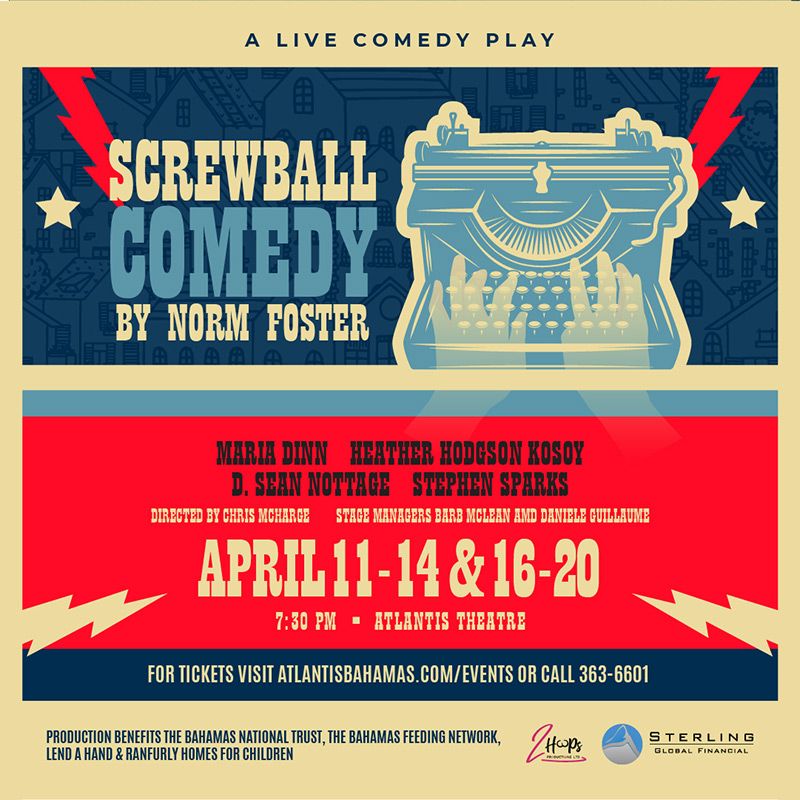What is the outcome when you combine 100 popsicle sticks, Elmer's glue and some ingenuity? A bridge that holds 212 pounds in weight, as discovered last week at the 6th Annual Build-a-Bridge Challenge. The competition, hosted by Integrated Building Services (IBS), at The College of The Bahamas, gave tenth and eleventh grade students from 20 public and private schools the opportunity to test their knowledge and application of engineering and applied sciences. The challenge was to create a light-weight model bridge that can withstand the heaviest load. One by one, the bridges were tested by the judges, and one by one, they tumbled to the ground under the weight of the load applied.
In the end, the bridge builders from Anatol Rodgers High School emerged as the champions. Their bridge, which weighed 0.3355 pounds, held a 211-pound load. "The reason why I think our bridge was able to hold the load was because we put a lot of work into it. Putting time into something, you always get the benefits, which is a victory today," said Lorenzo Townsend, a member of the winning team. This was the first win for the high school. In the past, the competition was fiercest between St. John's College, three-time champions, and St. Augustine's College, which won twice.
Oliver Lynch, a pre-engineering and graphical communication teacher at Anatol Rodgers and the team's mentor, said last year the students were disappointed when they placed third, but worked hard to be successful this year. Each team member took home a Kindle Fire HD tablet and individual trophies. The school also keeps the floating trophy for a year. St. Augustine's College was second this year. Their bridge weighed a mere 0.383 and held a 179-pound load. St. John's College placed third with their bridge, which weighed 0.3685 pounds, held a weight of 130 pounds. The bridges were also judged on aesthetics; Queen's College won in that category, Central Andros High School placed second and St. Augustine's College placed third.
The Build-A-Bridge Challenge helps high school students to develop a life-long interest in engineering and applied sciences. Dr. Maria Oriakhi, chair of School of Mathematics, Physics and Technology at The College of The Bahamas told the students that science, technology, engineering and mathematics (S.T.E.M.) education is vital to society because it places Bahamians on par with the rest of the world. "Having individuals in these fields, conducting research similar to what is done around the world, ensures that Bahamians involved in this area will be employed at home and abroad.
Getting students involved in this area, at an early age, is essential and will guarantee the sustainability of our program in the School of Mathematics, Physics and Technology," said Dr. Oriakhi. The College of The Bahamas offers a diverse academic offering including a Bachelor of Science in Engineering Technology: Electrical Engineering Technology; Associate of Science in Engineering, Engineering Physics, Civil Engineering Technology and Pre-Engineering. Minister of Education, Science and Technology Jerome Fitzgerald said that providing a solid foundation in science for the youth bodes well for the nation's future.
"You are constructing models of bridges for this challenge, but you are also building bridges of hope for the success of the next generation of Bahamians. You are the future civil engineers, who will be responsible for the planning, designing, construction and maintenance of structures and altering geography to suit our human needs. In the area of transportation, you will build our highways, in hydraulics you will handle the matters of irrigation, swamp draining, water supply, and sewerage disposal," he said.
Nick Dean, principal of Integrated Building Services (IBS), added that the company was proud of all the students who participated in the contest. "It's an excellent skill builder. They learn the importance of team work, thinking outside the box [and] critical thinking. [They also] learn lessons from failures, because you have to keep testing and re-testing to get to the final bridge design. It allows them to learn how to research, which are all tools they are going to use beyond high school into their college years and outside of college into their professional careers," said Dean.
Click here to read more at The Nassau Guardian





